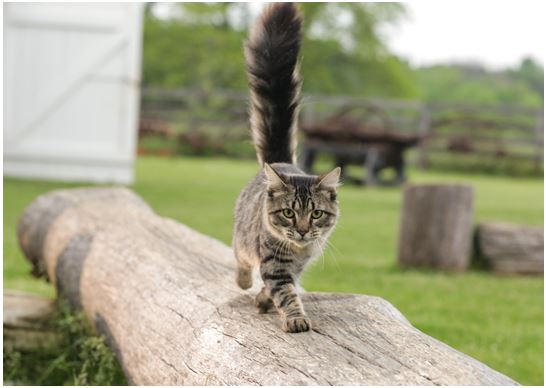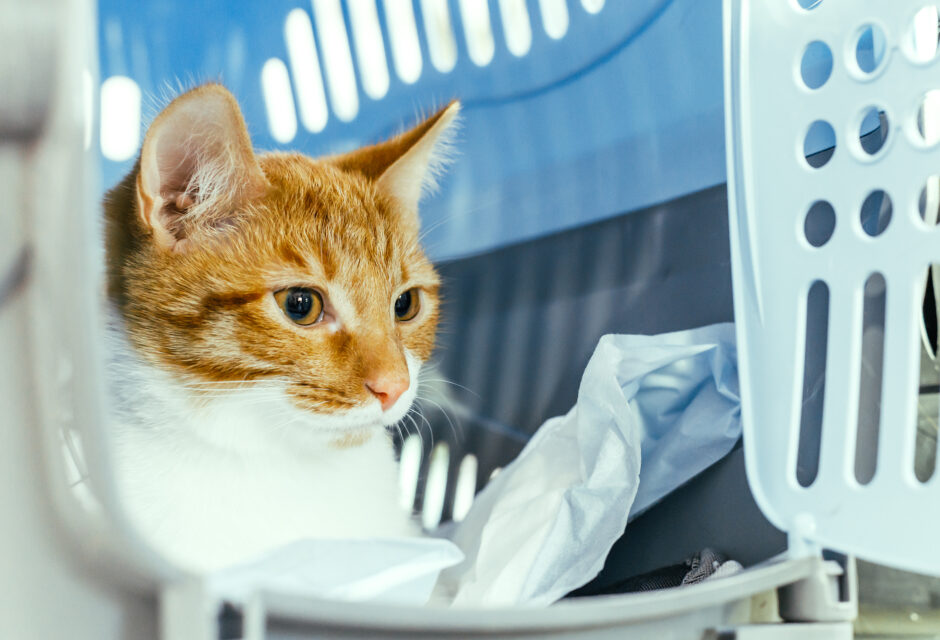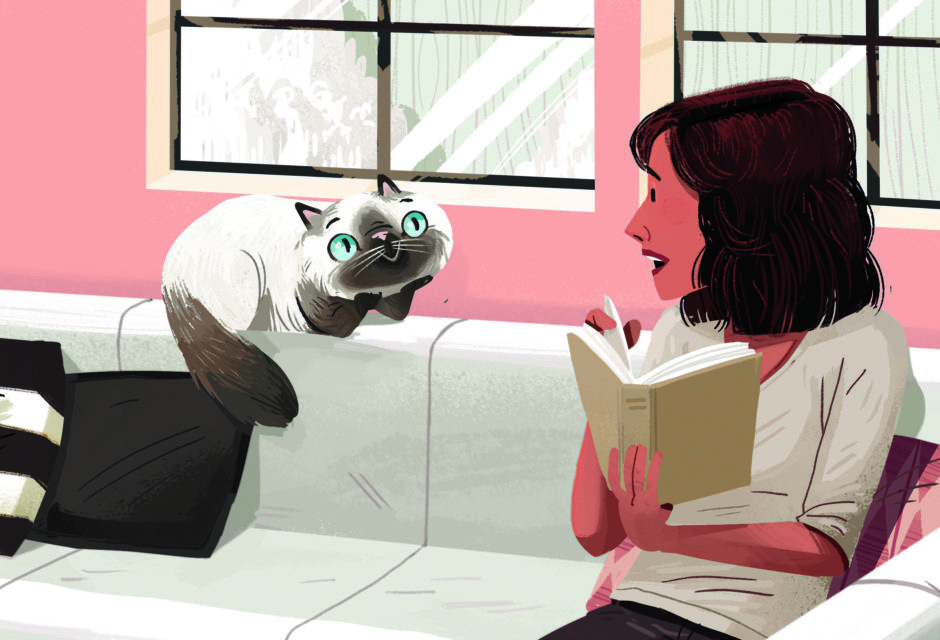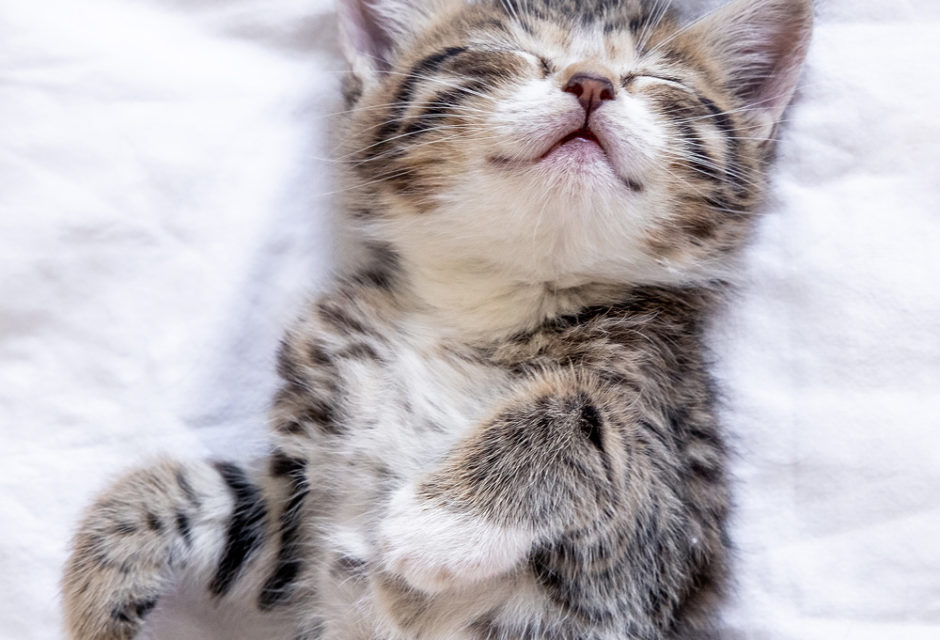

How to Calm a Cat During a Thunderstorm
The reaction to a thunderstorm varies from cat to cat and, of course, the severity of the storm, but how do you calm a cat during a thunderstorm? When it comes to dogs, the fear is often much more obvious through behaviours such as whining, barking, shaking, pacing, destructive behaviour and being very clingy. With cats, the behaviour may be obvious, such as being clingy, restlessness, pacing, etc., but it may also go unnoticed if your cat quietly goes off to hide.
If you have a cat who tends to go off on her own on a regular basis anyway, you may be unaware that a thunderstorm is causing her to be fearful. Just because your cat isn’t right next to you displaying anxiety, doesn’t mean the storm is affecting her. Here are a few tips to help make thunderstorms a little less frightening for your cat.
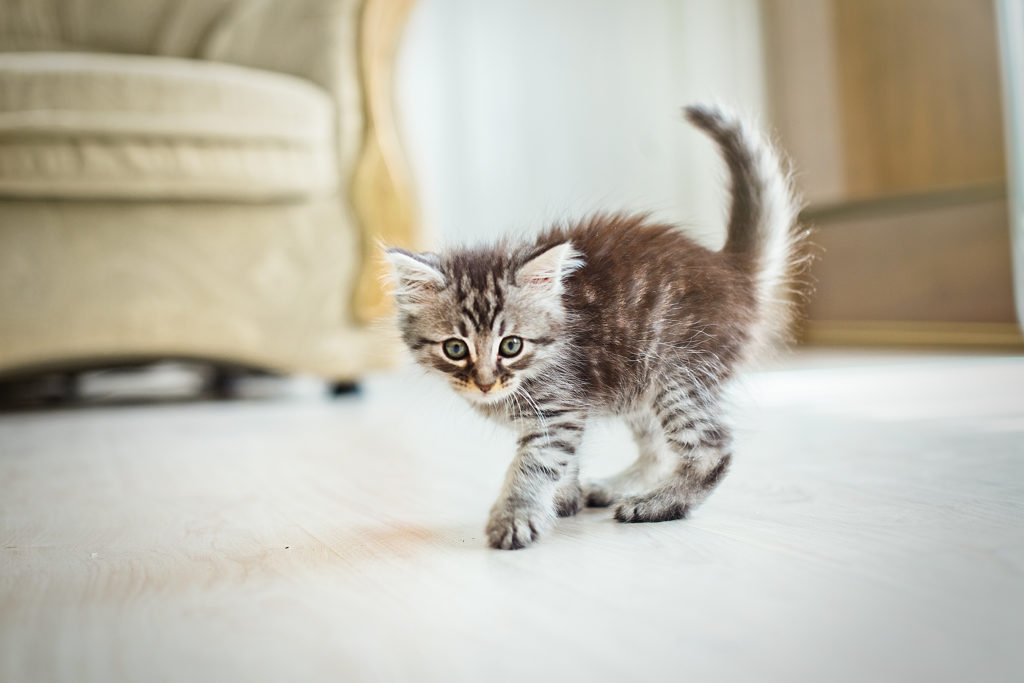
Photo: bigstock.com/christening
Don’t Let Your Cat Outdoors
There are strong opinions on the indoor/outdoor debate, but if you normally let your cat outside, keep her indoors when you know the weather is changing. Pay attention to weather forecasts so you can get ahead of the situation and keep your kitty inside well in advance of inclement weather. If you have a pet door, securely lock the flap once your cat is inside to prevent her from returning to the outdoors.
I’ve always educated cat parents on the importance of teaching cats to respond and come when called. By using treats or food, it’s not a difficult behaviour to teach and can make a difference when you’re trying to find your cat in an outdoor environment. This way, when you notice the weather is changing, you can call your cat and if she’s close enough, she will hopefully respond.
Set up Hiding Places
For most cats who are frightened of storms, being able to hide is usually the most comforting option. Your cat may only need to snuggle in her usual favorite napping places, or she may try to retreat to the back of a closet. Provide various hiding options for her. Leave a bedroom door open so she can dart in there if needed. If you provide some cozy hideaways in the room where you spend the most time, she may be content enough to stay in the room with you rather than move to a very remote part of the home. Wherever she prefers to be and how deeply she wants to hide, make sure she has access to the level of invisible comfort that will make her feel safest. You may find your cat prefers hiding in a closet because there is no window. After the storm is over, if your cat did hide in the closet, make sure you see her leave there before closing the door again.
Your cat may not want to interact during the storm and although you might want to physically hold her as a calming measure, it may not be viewed as reassuring to the cat. Don’t pull your cat out of a hiding place just to be with you. Let your cat set the tone of how much interaction she wants. Pay attention to body language. Petting her while she hunkers down under a blanket may be welcomed or she may wriggle away to avoid contact. Listen to what she’s telling you by her behaviour. Some want snuggles and some just want solitude.
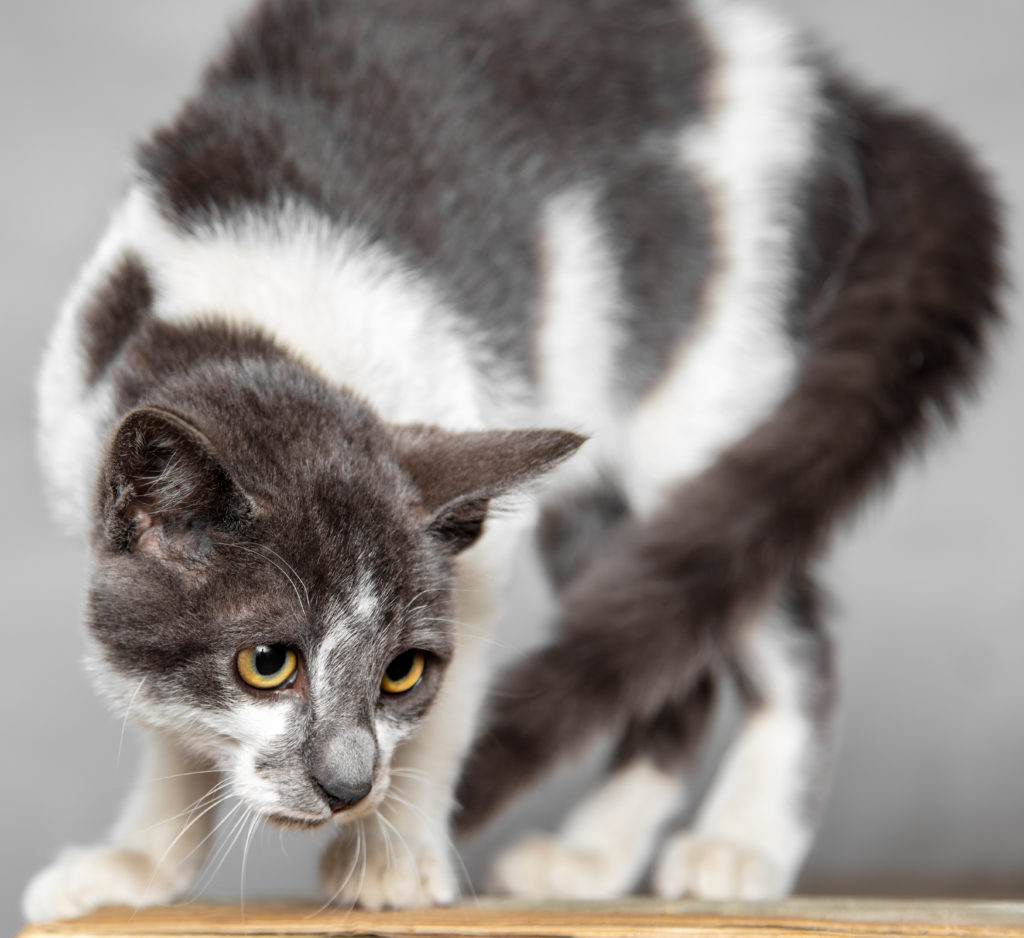
Photo: bigstock.com/schankz
Make Environmental Adjustments
Close blinds and drapes. Although you won’t be able to eliminate the flashes of lightning that come through, it will reduce the impact. Thunder is also is very scary for many animals and it’s hard to block out that sound but try playing some music so the room doesn’t go from completely silent to booming crashes of noise.
Adjust Your Behaviour
I’ve always said cats are little emotional sponges who quickly can absorb the emotions of those around them. Pay attention to how you act around your cat so you don’t set off alarm bells. Act casual and calm so you send a message that all is fine in her world.
Keep Tabs on Multi-cat Tension
If you live in a multi-cat home and a cat gets so upset that she redirects her fear as aggression toward another cat, separate her so she doesn’t make the situation worse. Place her in a quiet room where she can hide. It may help for her to have your company or she may do better alone. Decide the best option based on her behaviour.
Pay Attention to What Your Cat is Saying
You may have one cat who can be distracted with playtime, and another who buries herself under the towels in the linen closet. Let each cat determine what is needed. Bottom line: keep your cat safely indoors, provide cozy hiding places, and keep yourself calm so you don’t set off panic buttons in your cat’s mind.

Photo: bigstock.com/surpasspro
Do a Little Behaviour Work
When it isn’t storming, try desensitizing your cat to the sound of thunder. There are websites that have thunder sound effects (some created just for animal training.) Play the sound effect at an extremely low volume while you play with your cat. Gradually, in subsequent sessions, increase the volume to help your cat get used to it.
Extra Help
Many cat parents have had success by using synthetic pheromone products in the room where their cats stay. Additionally, there are anxiety wrap products on the market for both cats and dogs. I’ve seen more success on the canine side than the feline, but since every cat is an individual, you may want to investigate that option if your cat gets too terrified by storms. One thing to keep in mind is that most anxiety wraps have Velcro closures which can make an unsettling noise when being detached. Being in that close of a proximity to the cat’s ears, it may create added fear.
If your cat’s fear level goes over the top, speak to your veterinarian about the situation because he or she may recommend a natural, safe supplement that contains l-theanine, to help ease thunderstorm fear.
When a storm is very bad with window-rattling thunder and severe lightning flashes, it’s normal to be fearful and wants to hide. Pay attention though to how long it takes your cat to respond after the storm is over. Hiding during the storm is one thing, but you don’t want your cat feeling as if it’s never safe to come out from under the bed again. If your cat does not recover after storms, talk to your veterinarian.
Pam Johnson-Bennett
Certified Cat Behaviour Consultant & Best-Selling Author
Pam Johnson-Bennett is a certified cat behaviour consultant and best-selling author of 8 books on cat behaviour. She starred in the Animal Planet series Psycho Kitty, seen in Canada and the UK. She was a vice president of the International Association of Animal Behaviour Consultants and founded their cat division. She has served on an advisory board for the American Humane Association as well as other animal welfare organizations.
Pam is considered a pioneer in the field of cat behaviour consulting, having started her career in 1982. Some of her books have been used as textbooks for behaviour courses and she has influenced many practicing in the field today. Her book, Think Like a Cat, has been referred to as the cat bible.
Pam owns Cat Behaviour Associates, located in Tennessee. She lives with her husband, two children, a rescued cat, and a rescued dog
Join the newsletter and never miss out on cat content again!
"*" indicates required fields
By clicking the arrow, you agree to our web Terms of Use and Privacy & Cookie Policy. Easy unsubscribe links are provided in every email.






